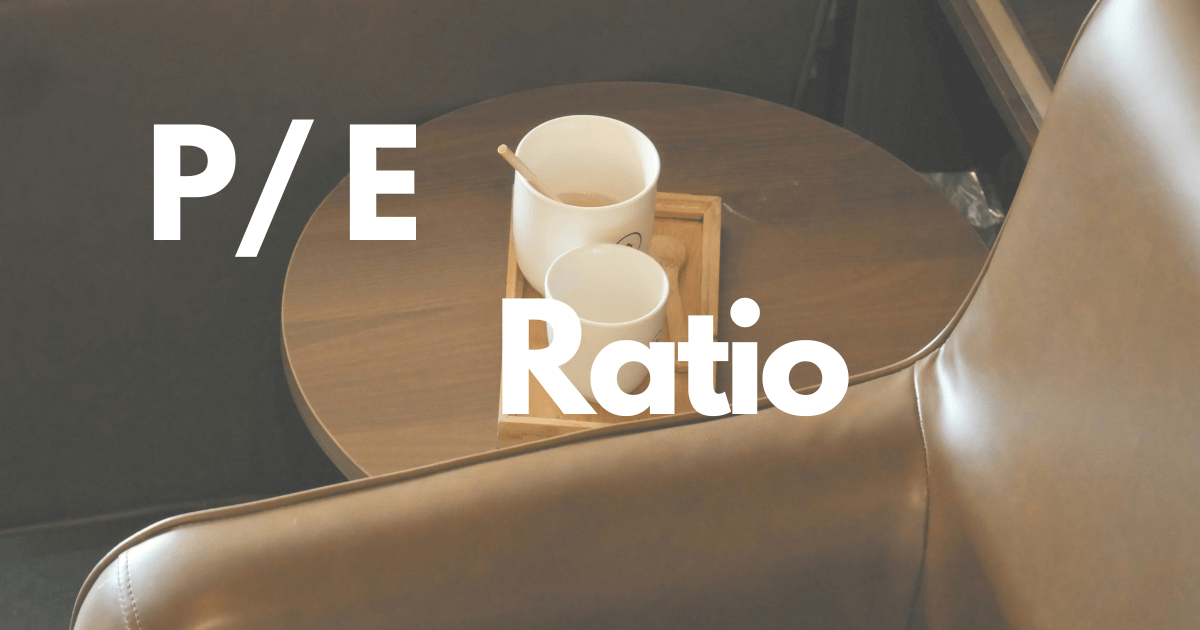Introduction:
In the intricate realm of stock market analysis, investors often navigate a sea of metrics to make informed decisions. One such metric that holds significant importance is the Price-to-Earnings (P/E) ratio. Widely used and often regarded as a barometer of a company’s valuation, the P/E ratio plays a crucial role in guiding investors. In this blog post, we will delve into the intricacies of the P/E ratio, unraveling its meaning, significance, and how investors can leverage this metric for intelligent decision-making.
Understanding the P/E Ratio:
At its core, the Price-to-Earnings (P/E) ratio is a simple yet powerful financial metric that provides insights into a company’s valuation by comparing its stock price to its earnings per share (EPS). The formula for calculating the P/E ratio is straightforward:
P/E Ratio = Earnings per Share (EPS) / Market Price per Share
The result represents the number of times the market values a company’s earnings relative to its stock price.
Interpreting the P/E Ratio:
- High P/E Ratio:
- A high P/E ratio often suggests that investors have high expectations for a company’s future earnings growth.
- It may indicate that the market anticipates strong performance or has confidence in the company’s future prospects.
- Low P/E Ratio:
- A low P/E ratio may signify that the market has lower expectations for a company’s future earnings growth.
- It could suggest undervaluation or concerns about the company’s future performance.
The Significance of P/E Ratio:
- Valuation Comparison:
- Investors can use the P/E ratio to compare the valuations of different companies within the same industry or sector.
- A lower P/E ratio might indicate that a company is undervalued compared to its peers, while a higher P/E ratio may suggest overvaluation.
- Growth Expectations:
- The P/E ratio is often linked to a company’s growth potential. A high P/E ratio implies that the market expects robust future growth, while a low P/E ratio may suggest more modest expectations.
- Risk Assessment:
- Investors can use the P/E ratio to assess risk. A high P/E ratio might indicate higher risk if the company fails to meet growth expectations.
- A low P/E ratio could suggest that the market has already factored in potential risks or challenges.
- Historical Analysis:
- Investors can analyze a company’s historical P/E ratios to identify trends and assess how the market’s perception of the company has changed over time.
- Significant changes in the P/E ratio might signal shifts in investor sentiment or changes in the company’s fundamentals.
P/E Ratio and Market Conditions:
Understanding the P/E ratio also involves considering broader market conditions. During bull markets, investors may be willing to pay higher multiples for earnings due to optimism about the economy. Conversely, during bear markets or economic downturns, P/E ratios may contract as investors become more risk-averse.
Potential Limitations of the P/E Ratio:
While the P/E ratio is a valuable tool, it is essential for investors to be aware of its limitations. Factors such as accounting methods, one-time events, and changes in earnings expectations can influence the P/E ratio. Additionally, comparing P/E ratios across industries with different growth profiles may not provide an accurate picture of relative valuation.
Conclusion:
In the intricate tapestry of financial metrics, the Price-to-Earnings (P/E) ratio stands out as a beacon for investors seeking to assess a company’s valuation. By offering insights into growth expectations, risk assessment, and historical trends, the P/E ratio provides a valuable perspective on market sentiment. While not without limitations, understanding and incorporating the P/E ratio into investment analysis empowers investors to make more informed decisions in navigating the complex world of stocks and markets.
ALSO READ
Liked our article ? Subscribe to get weekly updates

